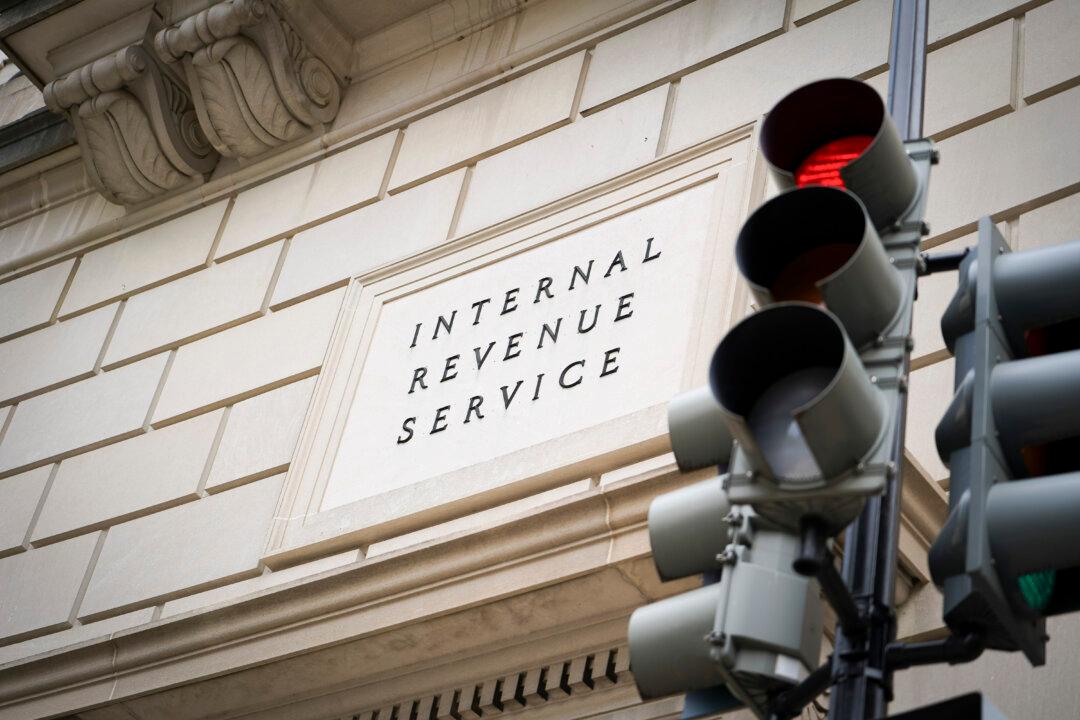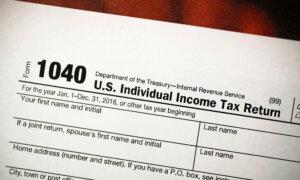The Internal Revenue Service (IRS) has announced what its various interest rates will be for the third quarter of 2024, including the rate applied for underpayment of taxes.
- For individual taxpayers, the rate for overpayments and underpayments will be 8 percent per year, compounded daily.
- For corporations, the rate for overpayments will be 7 percent, dropping to 5.5 percent for the portion of a corporate overpayment exceeding $10,000.
- Large corporate underpayments will carry an interest rate of 10 percent.
The rate for large corporate underpayments is the federal short-term rate plus five percentage points.
$1 Billion in Unclaimed Refunds Still Available
In other tax-related developments, the IRS said recently that taxpayers can still claim over $1 billion in unclaimed funds for the 2020 tax year but they must take action by a fast-approaching deadline.Normally, the deadline for filing older tax returns falls around the April tax deadline. But for 2020 returns, that window has been extended to May 17, 2024, because the original 2020 filing deadline was extended to May 17, 2021, due to the pandemic, with the current deadline falling exactly three years after that.
Other documents can include a Form 1099 used to report payments for things such as freelance work, contracting, interest income, and a wide variety of income sources.
Meanwhile, in the last fiscal year, the IRS managed to rake in nearly $5 trillion in taxes from Americans, boosting the amount it paid out in refunds by nearly 3 percent.
The eye-catching tax-intake amount was made possible by a significant funding boost of $78 billion that the IRS used in part to hire more enforcers. The agency also deployed advanced technologies like artificial intelligence to squeeze more dollars from non-compliant taxpayers.

Enforcement, Refunds
The IRS expanded its workforce by around 5 percent last year, according to the IRS’s annual Data Book for fiscal year 2023.The agency added roughly 5,800 new employees, many of them to work on compliance and bring in more tax dollars.
Of the IRS’s 82,990 full-time staff in 2023, 40 percent were dedicated to enforcement activity, which includes the examination of tax returns, collection of balances due, and administrative and judicial settlement of taxpayer appeals of examination findings.The agency ramped up spending on enforcement last year, from around $5.41 million in 2022 to $5.62 million in 2023, with most of the increased spending in the area of examinations and collections.
The IRS also invested in various high-tech solutions that helped bring in more tax revenue.
In 2023, “we continued to make progress developing and using innovative approaches to better understand, detect and resolve potential noncompliance, such as leveraging new technology and data analytics to fairly enforce the tax laws,” IRS commissioner Danny Werfel wrote in the report.
Thanks in part to the added hiring and funding boost, IRS staff processed 271.4 million tax returns and other forms last year, including more than 163.1 million individual income tax returns.
The agency said it paid out $659 million in refunds, a 2.7 percent increase over the 2022 fiscal year.







